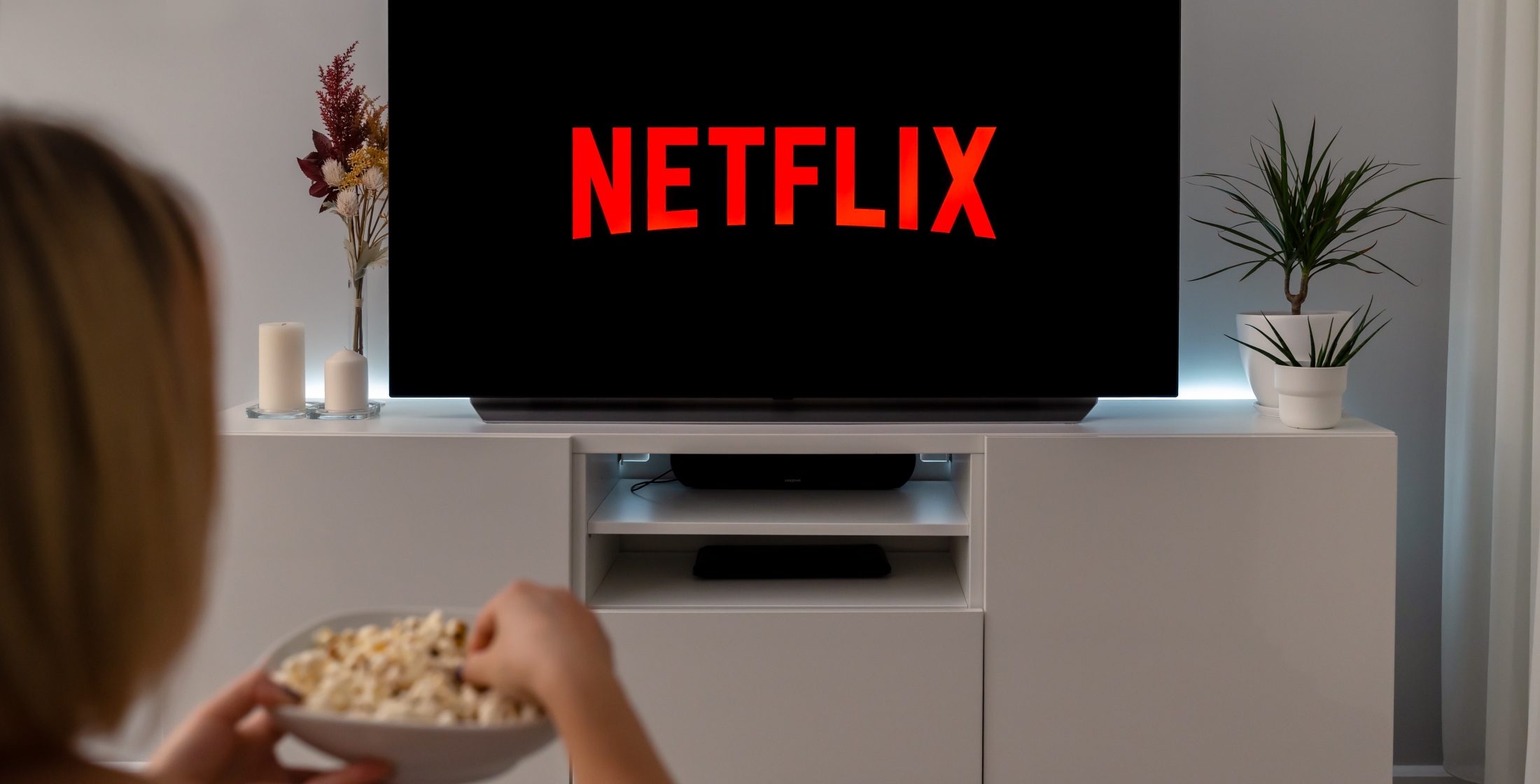
How technology has revolutionised cinema
As technology advances continue to redefine the film industry and platforms like Netflix reshape the way we consume content, it's an ideal time to look back at key moments in cinematic history and the role technology has played in shaping the industry.
The transition to talkies marked a major turning point in cinematic history, but the evolution of technology didn't stop there. The film industry continually embraces technological innovation. In the 1990s, a digital transformation began, ushering in the era of digital filmmaking. This transition significantly changed how films were edited and streamlined the production process.
Also, film editing changed thanks to advancements in computers. Initially, only short videos and advertisements were edited on computers due to memory and storage limitations. However, by 1992, Ron Senkowski's 'Let's Kill All the Lawyers' became the first feature film to be digitally edited using Avid technology. Digital editing made the process faster and more efficient. It eliminated the need to load film onto a projector and made it easier to correct mistakes. While some editors missed the tactile quality of physical film, digital editing reduced production costs and reshoots.
Cameras also underwent a significant transformation. In 2013, digital cameras surpassed celluloid, offering advantages such as the ability to use multiple cameras simultaneously to capture various angles without the cost concerns of reshooting. Mobile phones now even find a place in filmmaking, enabling directors to capture intimate and spontaneous performances from actors.
One of the most recent game-changers in the industry is the advent of streaming services like Netflix. Starting as a DVD rental service, Netflix made a strategic shift in 2007 toward becoming a streaming platform. This move democratised access to a wide range of movies, offering more affordability and convenience than traditional rental stores like Blockbuster.
Netflix becoming a streaming service enabled people to access a range of movies quicker and more cheaply than at a rental place and for longer than Blockbuster, as they’d charge for every day it was rented and then again if it was late. Netflix has also started producing their movies and TV shows, allowing more people to get their stories out there and providing indie productions another chance to shine.
While Netflix has faced criticism for measures like stricter password sharing policies, steep monthly fees, and the abrupt cancellation of promising shows within two seasons if they don't achieve the level of success seen with "Stranger Things," and for releasing films in theaters just long enough for Oscar eligibility but not sufficiently to adhere to union regulations for fair compensation, it's worth noting that the platform initially breathed new life into the world of movies.
The landscape of special effects in cinema also witnessed a significant transformation. George Méliès is renowned for his pioneering contributions in this field. Following his legacy, Eiji Tsuburaya made his mark with 'Godzilla' in 1954, a film that revolutionised special effects. Originally, the plan was to utilise stop-motion animation, but due to the unavailability of suitable animators, a creative decision was made: an actor would embody the titular monster. Tsuburaya's ingenuity included scaling up the sets and adding intricate details to ensure they were more visible. The film's overwhelming success paved the way for numerous sequels and remakes.
Artificial intelligence (AI) will also be changing the way movies are made, from scriptwriting to visual effects. It's an exciting time, where the past informs the present and future, and technology continues to shape the way we create, consume, and experience cinema.
As an Art de Vivre subscriber, step back in time with us and discover the film industry's origins.
Credits for the Main photo: © AdobeStock
